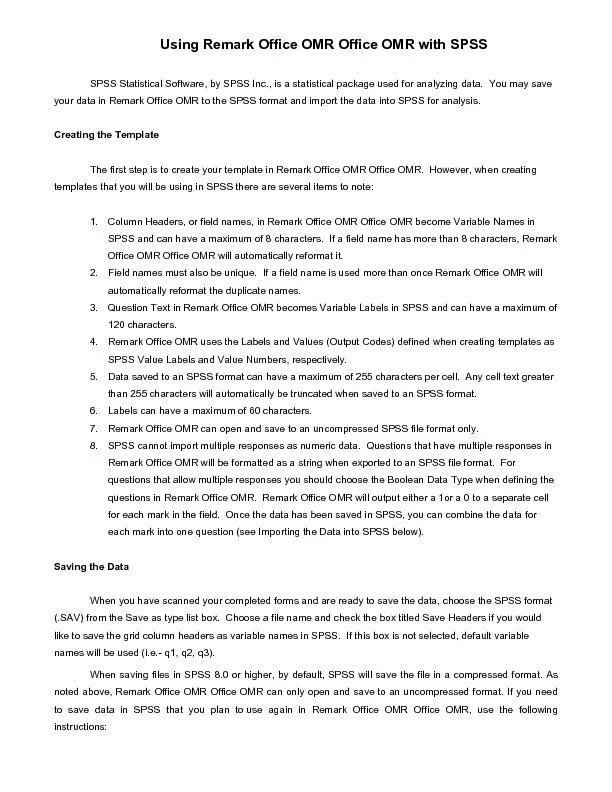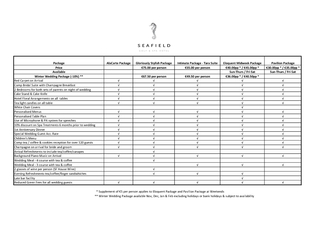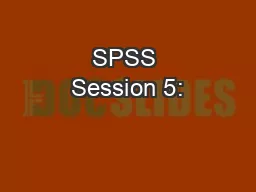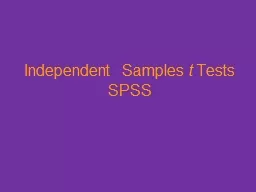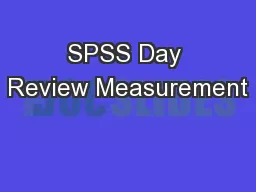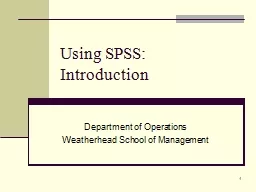PDF-SPSS Statistical Software, by SPSS Inc., is a statistical package used
Author : luanne-stotts | Published Date : 2016-07-21
1 Click the File menu and then Save As 3 Select a target directory 4 Click Paste The Syntax Editor will appear 5 A subcommand of Compressed will appear after the
Presentation Embed Code
Download Presentation
Download Presentation The PPT/PDF document "SPSS Statistical Software, by SPSS Inc.,..." is the property of its rightful owner. Permission is granted to download and print the materials on this website for personal, non-commercial use only, and to display it on your personal computer provided you do not modify the materials and that you retain all copyright notices contained in the materials. By downloading content from our website, you accept the terms of this agreement.
SPSS Statistical Software, by SPSS Inc., is a statistical package used: Transcript
Download Rules Of Document
"SPSS Statistical Software, by SPSS Inc., is a statistical package used"The content belongs to its owner. You may download and print it for personal use, without modification, and keep all copyright notices. By downloading, you agree to these terms.
Related Documents

